Snake plants (Sansevieria trifasciata) are the perfect choice for anyone looking to add a touch of greenery to their home without the hassle of high maintenance. These resilient plants are not only aesthetically pleasing but also incredibly low-maintenance, making them ideal for busy individuals. In this article, we will provide you with practical tips to create a care routine for your snake plants that fits seamlessly into your hectic lifestyle.
Understanding Snake Plant

Before diving into the care routine, it’s important to understand why snake plants are so popular. Snake plants are known for their upright, sword-like leaves that can grow in various patterns and shades of green. They are native to West Africa and have adapted to thrive in a range of conditions, which is why they are so hardy.
Benefits of Snake Plants
- Air Purification: Snake plants are renowned for their ability to purify the air by removing toxins such as formaldehyde and benzene.
- Low Maintenance: These plants require minimal watering and can survive in low light conditions, making them perfect for busy people.
- Aesthetic Appeal: With their striking appearance, snake plants add a modern touch to any room.
Also Read- How To Water Your Houseplants: The Ultimate Guide
Creating a Care Routine
1. Watering Schedule
One of the main reasons snake plants are ideal for busy people is their low water requirement. Overwatering can be more harmful than underwatering.
- Frequency: Water your snake plant every 2-3 weeks. During the winter months, you can extend this to every 4-6 weeks.
- Method: Ensure the soil is dry before watering again. Insert your finger about an inch into the soil; if it feels dry, it’s time to water.
- Quantity: Water thoroughly until you see water draining out of the pot’s drainage holes. Empty the saucer to prevent root rot.
2. Light Requirements
Snake plants are adaptable to different light conditions, which is perfect if you have a busy lifestyle and can’t always ensure optimal lighting.
- Indirect Light: Snake plants prefer bright, indirect light but can also tolerate low light conditions. Place them near a window where they receive filtered sunlight.
- Artificial Light: They can also thrive under fluorescent lighting, making them suitable for office spaces.
3. Temperature and Humidity
Snake plants are not too fussy about temperature and humidity, but there are some ideal conditions to keep in mind.
- Temperature: Keep your snake plant in a room where the temperature ranges between 60-85°F (16-29°C). Avoid placing them in areas with cold drafts or extreme heat.
- Humidity: Average home humidity is usually sufficient for snake plants. They don’t require high humidity and can adapt to dry indoor air.
4. Soil and Potting
Choosing the right soil and pot is crucial for the health of your snake plant.
- Soil: Use well-draining soil, such as a cactus or succulent mix, to prevent waterlogging.
- Pot: Ensure your pot has drainage holes to allow excess water to escape. Terra cotta pots are a good choice as they absorb excess moisture from the soil.
5. Fertilizing
While snake plants don’t require frequent fertilizing, occasional feeding can promote healthy growth.
- Frequency: Fertilize once during the growing season (spring and summer). You can skip fertilizing in the fall and winter.
- Type: Use a balanced, all-purpose houseplant fertilizer diluted to half strength.
Additional Tips for Busy People

1. Use a Watering Reminder
Set a reminder on your phone or calendar to water your snake plant. This can help ensure you don’t forget and keep your plant healthy.
2. Low-Maintenance Grouping
Group your snake plant with other low-maintenance plants that have similar care requirements. This way, you can water and care for them all at once, saving you time and effort.
3. Self-Watering Pots
Consider using self-watering pots. These pots have a reservoir that allows the plant to take up water as needed, reducing the frequency of manual watering.
4. Vacation Care
If you’re going away for an extended period, water your snake plant thoroughly before you leave. They can survive without water for several weeks, making them perfect for frequent travelers.
Also Read- Why Snake Plants Are The Perfect Choice For Urban Homes
Common Issues and Solutions
1. Yellowing Leaves
- Cause: Overwatering or poor drainage.
- Solution: Check the soil moisture and reduce watering frequency. Ensure the pot has adequate drainage.
2. Brown Tips
- Cause: Low humidity, inconsistent watering, or salt buildup.
- Solution: Maintain consistent watering and occasionally flush the soil to remove salt buildup.
3. Drooping Leaves
- Cause: Overwatering or under watering.
- Solution: Adjust your watering schedule according to the soil’s moisture level.
Conclusion
Creating a care routine for your snake plant is straightforward and manageable, even for the busiest individuals. By following the tips outlined in this article, you can ensure your indoor plants remains healthy and vibrant with minimal effort. Remember to water sparingly, provide adequate light, and use well-draining soil to keep your snake plant thriving. With a little attention and care, your snake plant will continue to purify your air and beautify your home for years to come.


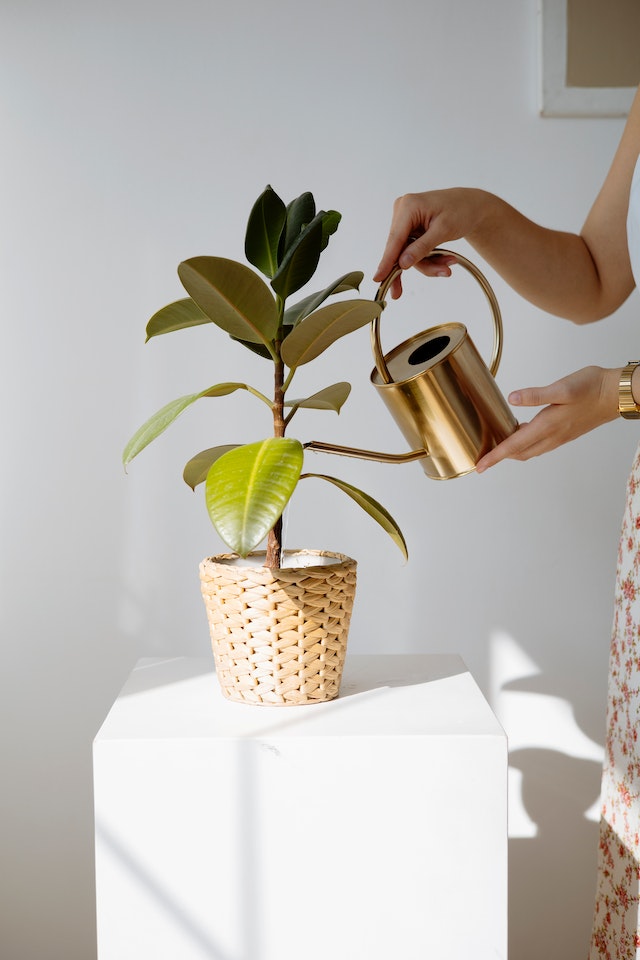


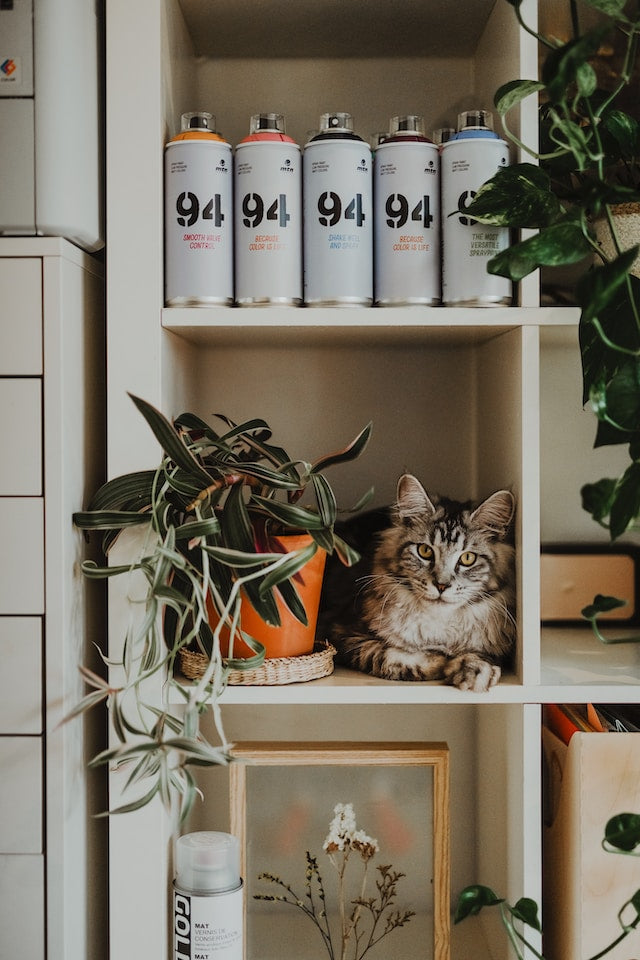
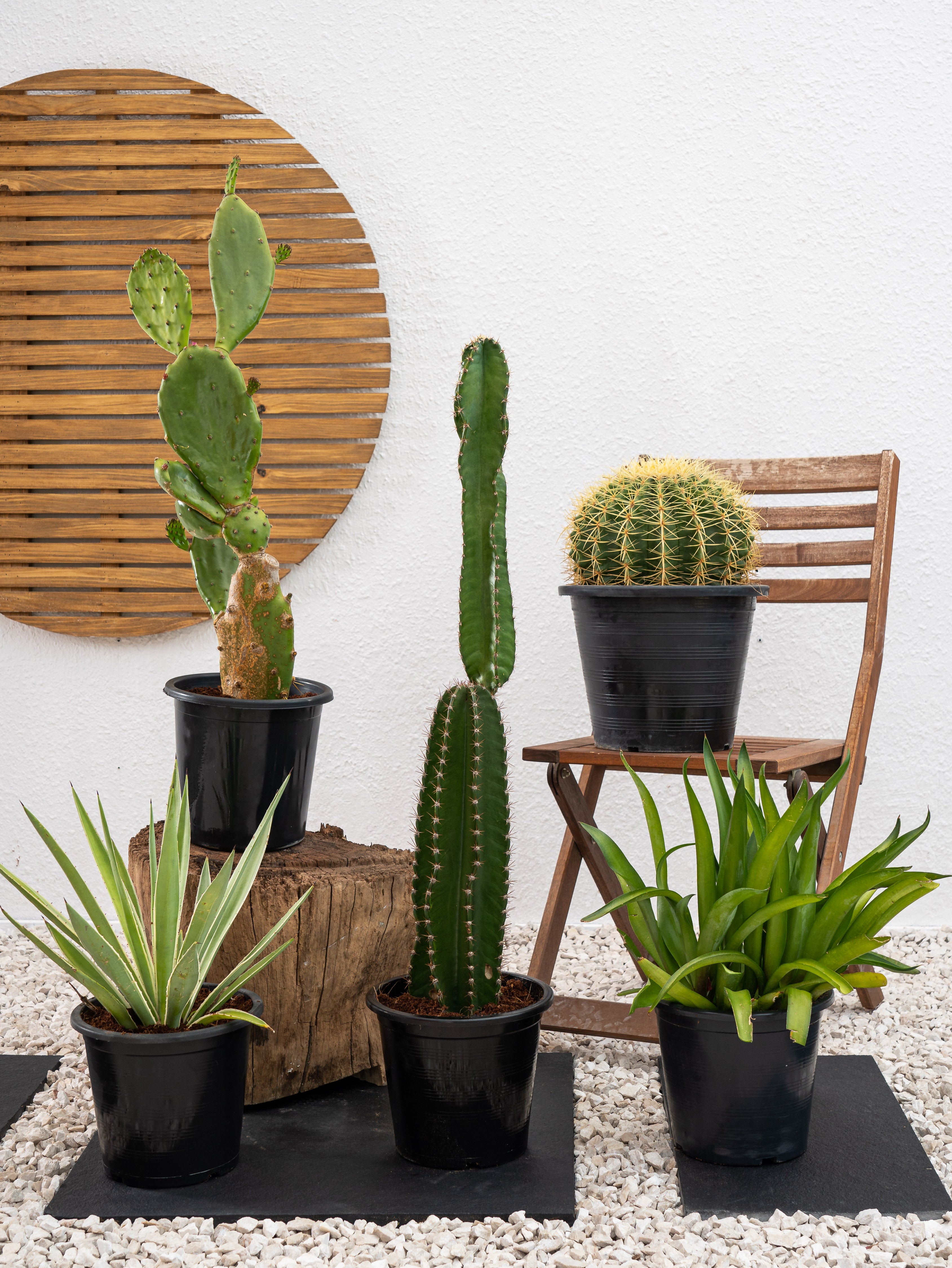
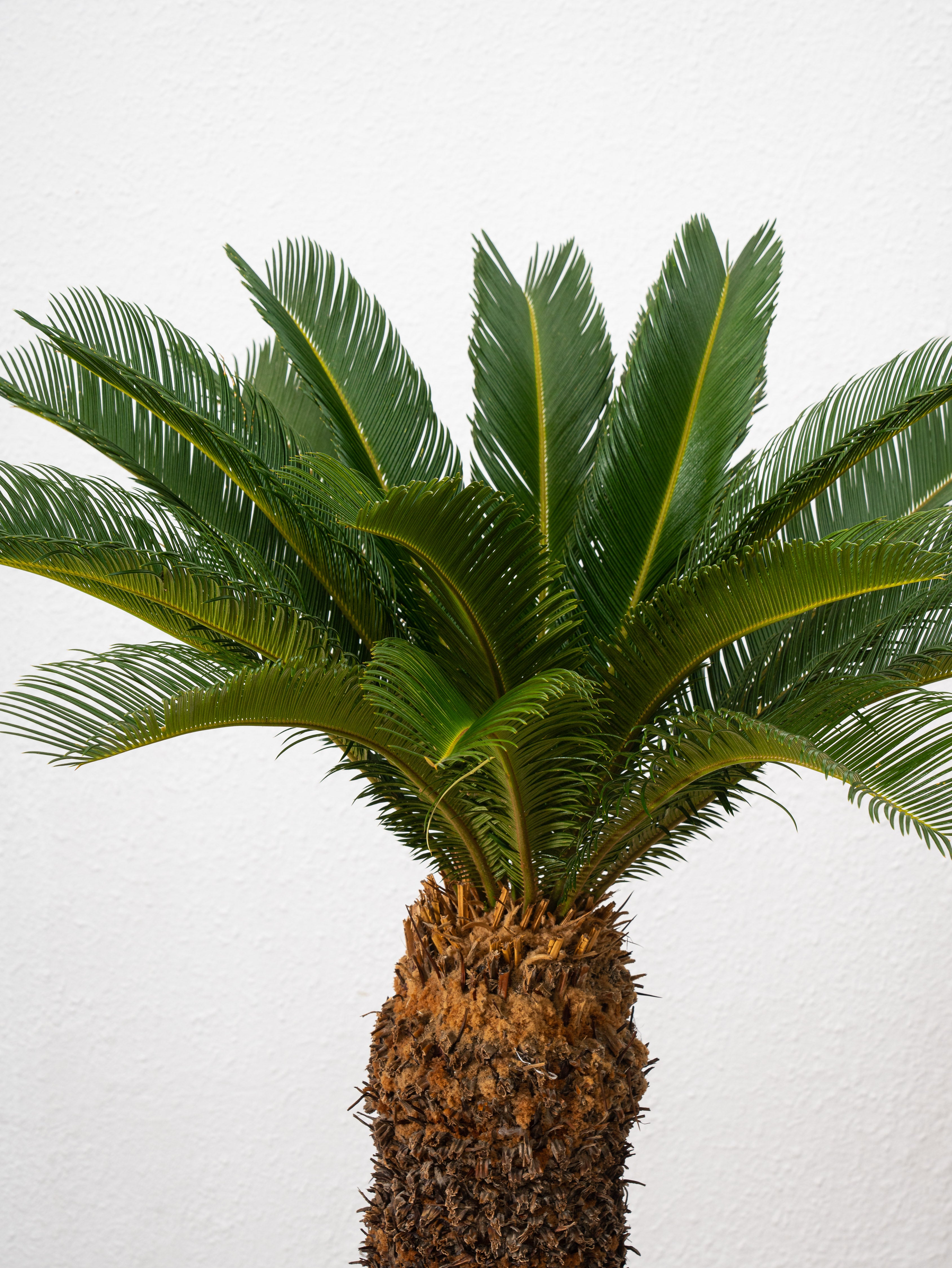
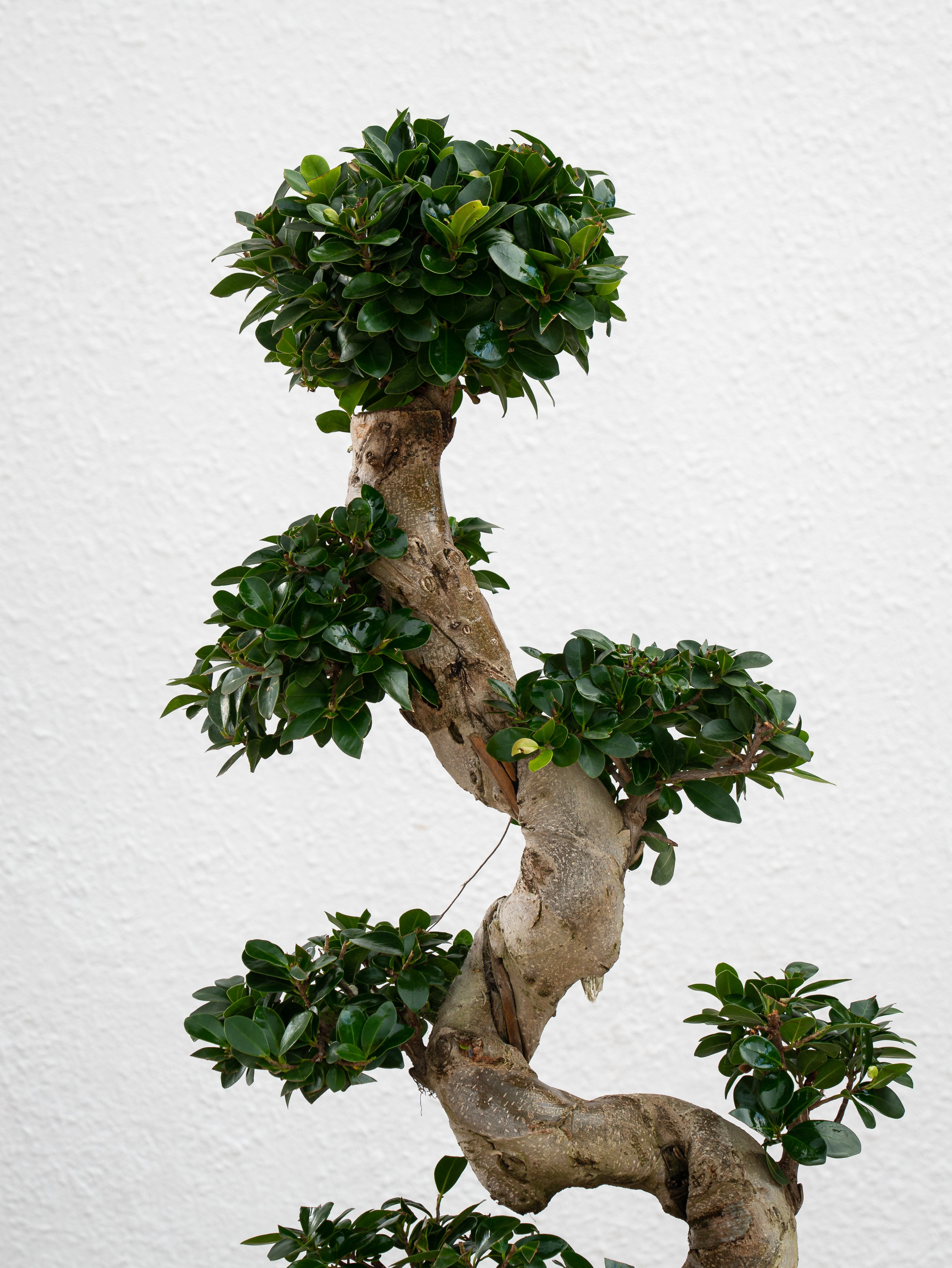
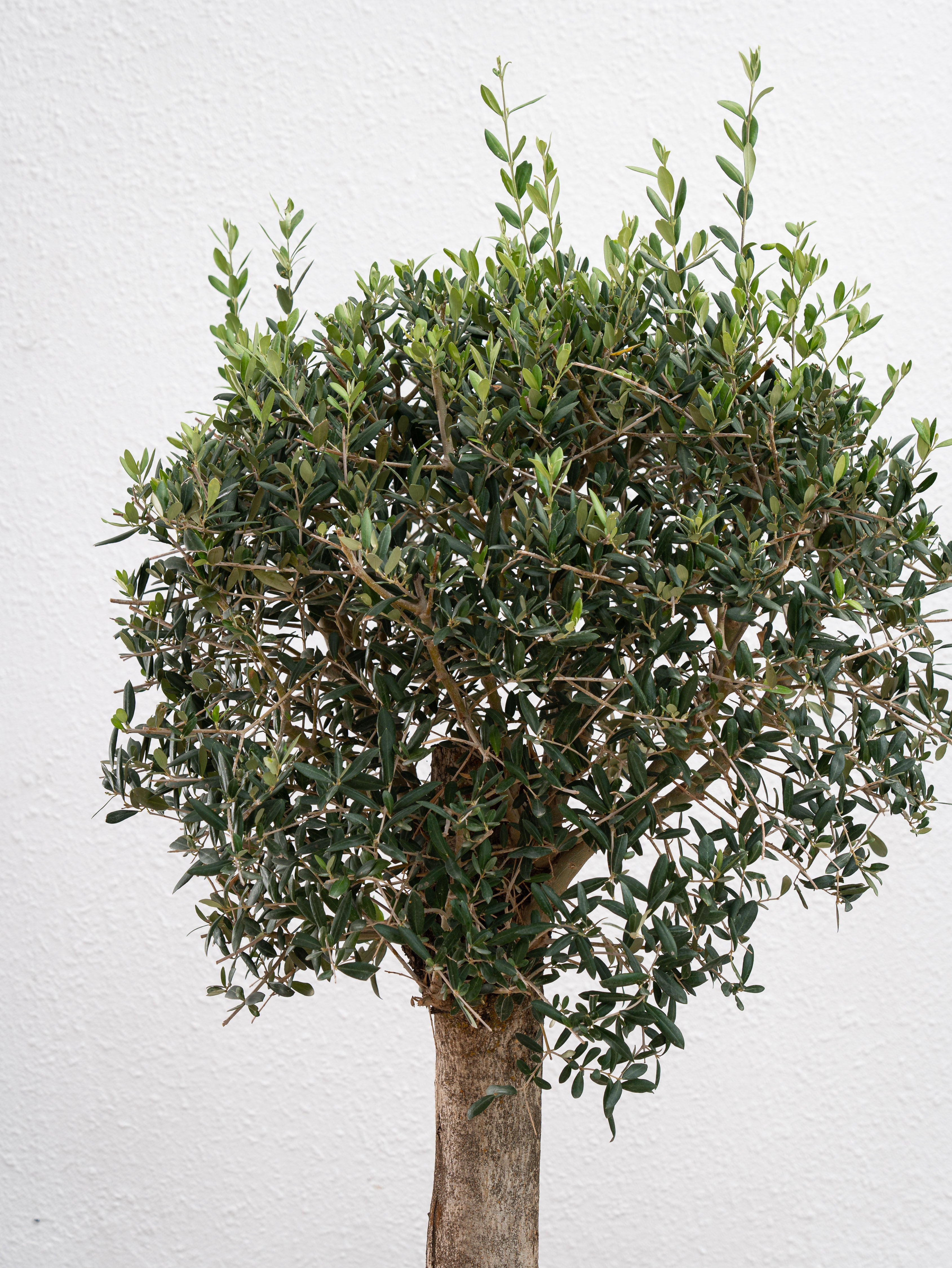

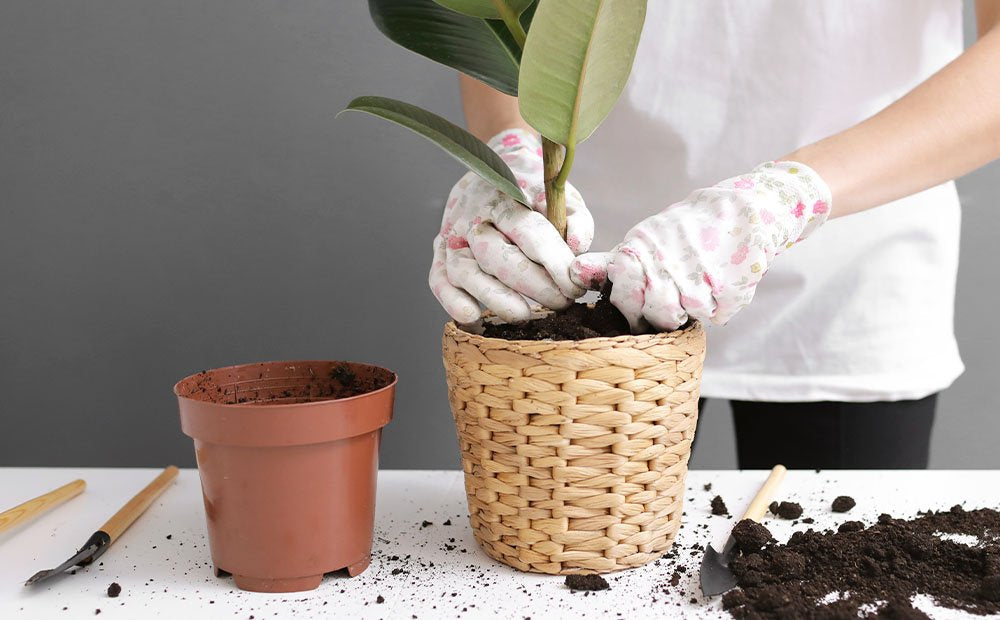
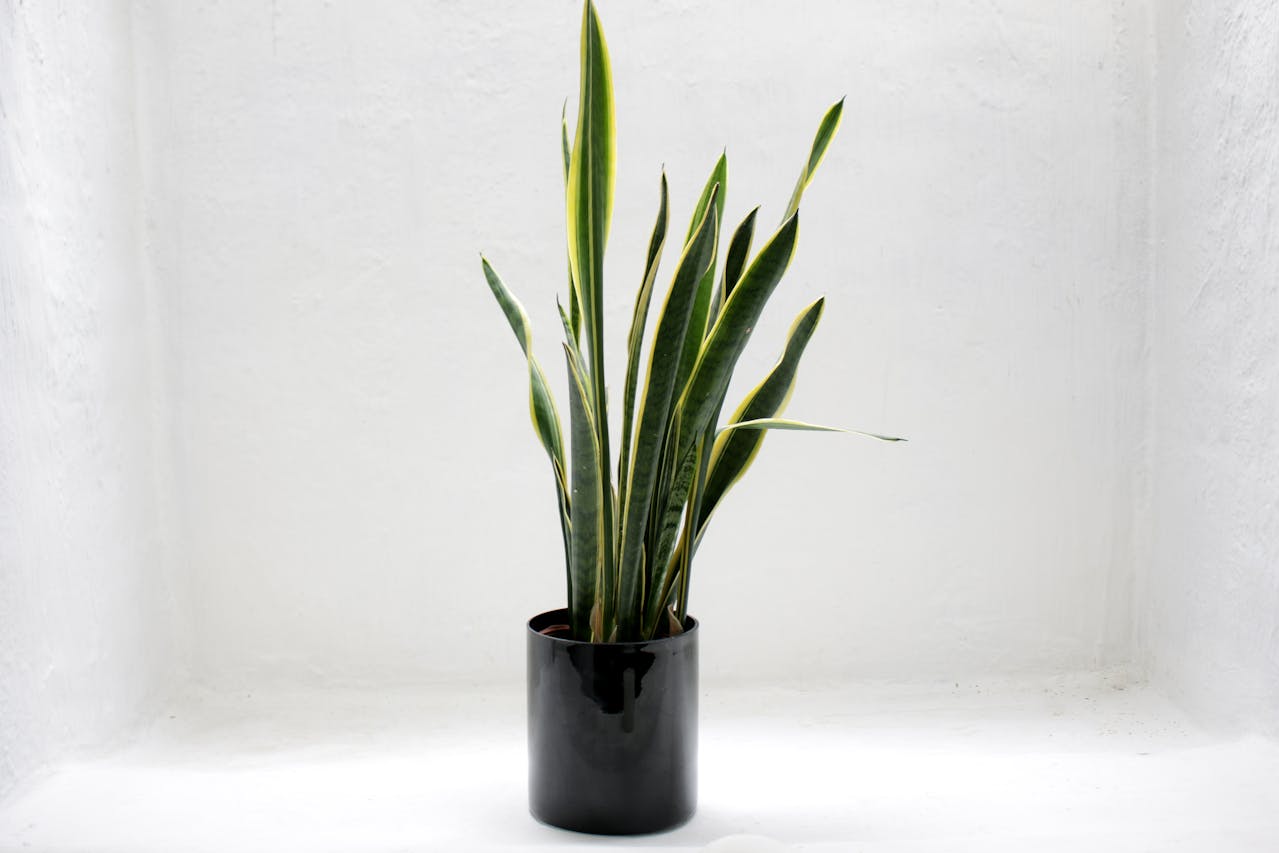
Leave a comment
This site is protected by hCaptcha and the hCaptcha Privacy Policy and Terms of Service apply.